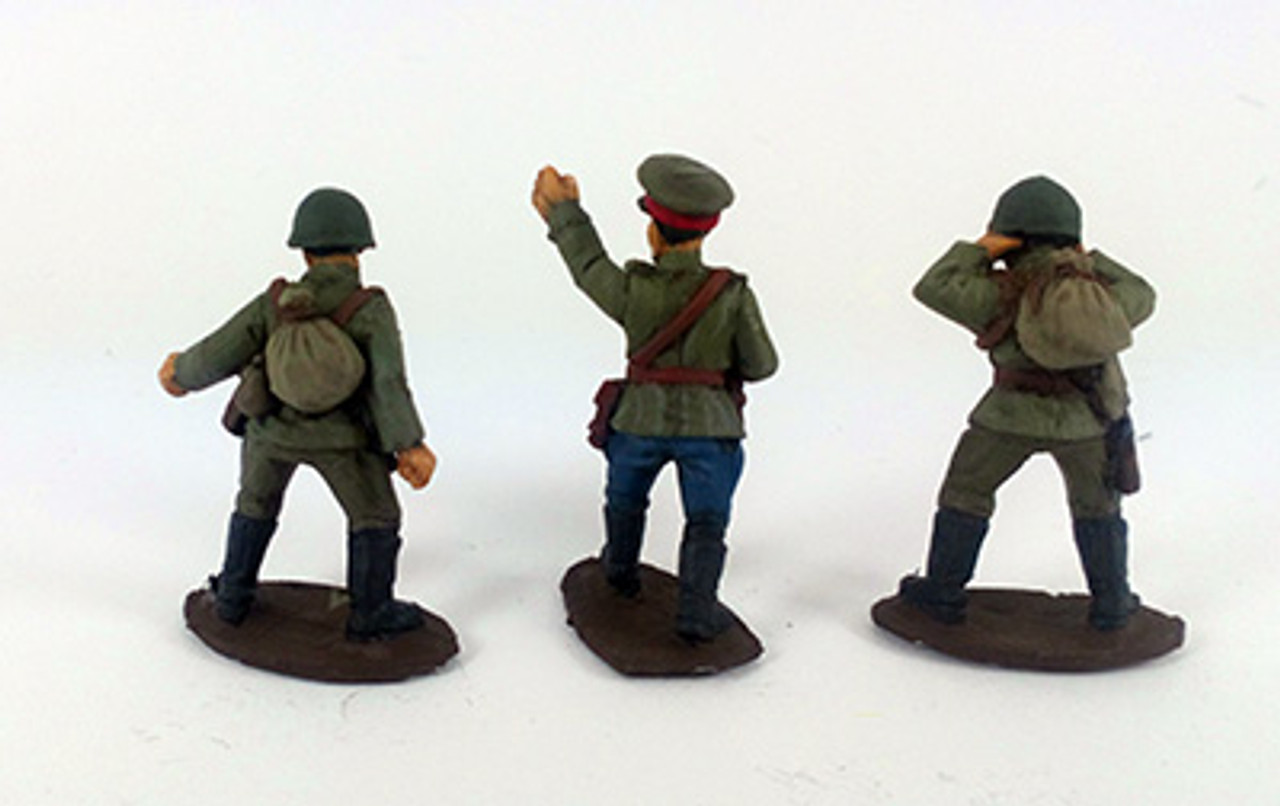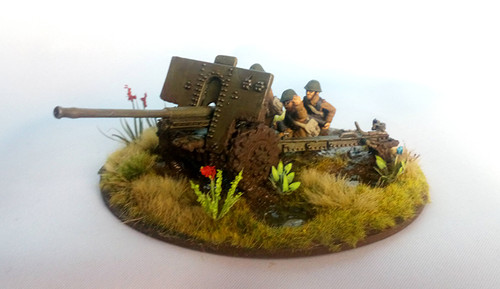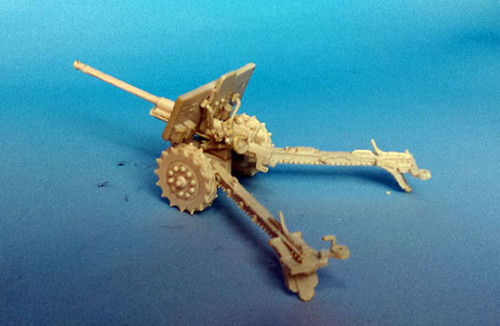Product Description
"In March 1937, the Russian Army issued a requirement for a field gun that would replace the unsatisfactory 76-millimeter field gun that had been in service only since the previous year. V. G. Grabin, the designer of the original gun, despite complaints with his previous design, won the competition in 1939. Production began in the same year, and 1,150 were built through 1940. When Germany invaded Russia in 1941, 1,070 were in active service. Production re-opened at No. 92 and Barrikady plants shortly after the start of the Russo-German war, producing a further 2,616 guns in 1941 and 6,046 in 1942. In total, 9,812 guns were made. Although designated F-22 USV as if they were simply upgraded versions of their predecessors, the design was actually entirely different. They were typically each served by a crew of five men. Russian troops reported that they were better than the earlier F-22 guns, but were still too heavy and unwieldy to be used on the front lines. Like their predecessors, the sights and elevation controls were on different sides of the gun, thus making them ineffective anti-tank guns. In 1941 and 1942, the German military captured hundreds of 76-millimeter F-22 USV field guns. Many of them were pressed into service under the designation 7.62 cm FK 297(r); by Mar 1944, 359 guns were in German service (295 in France, 40 in Denmark, and 24 on the Eastern Front). Some of them were later converted to anti-tank guns, operated under the designation of 7.62 cm PaK 39(r). Finland also captured 9 of these guns and were designated 76 K 39 by the Finns, but they were never used by the Finnish Army."















